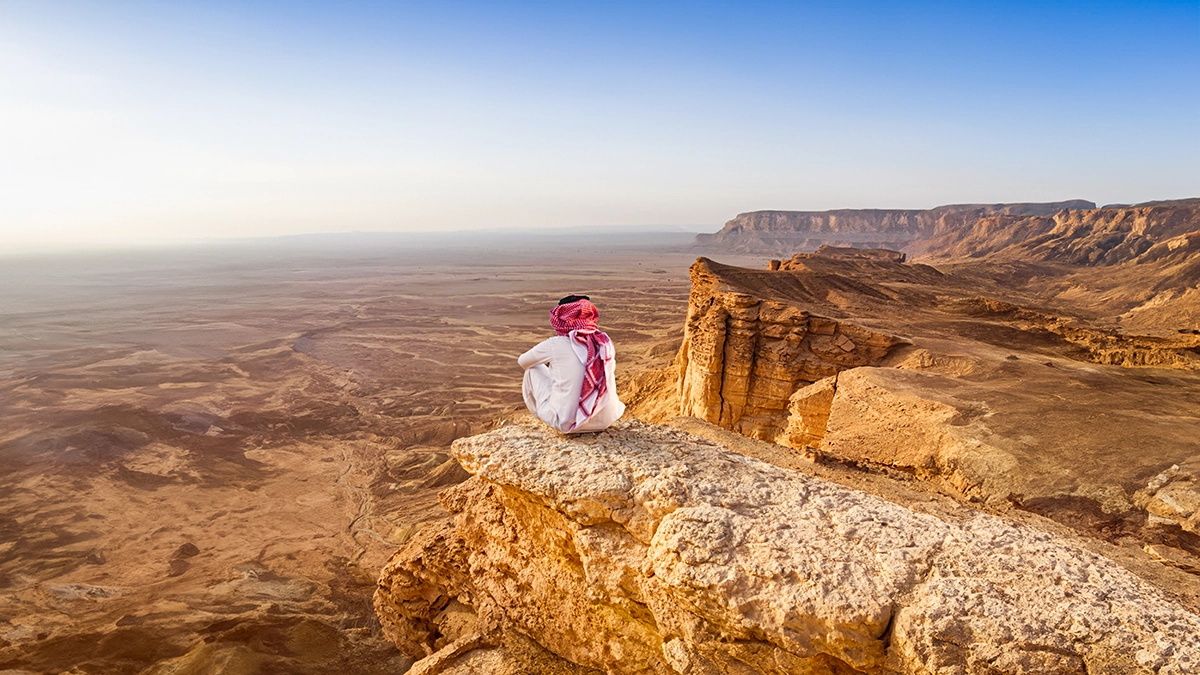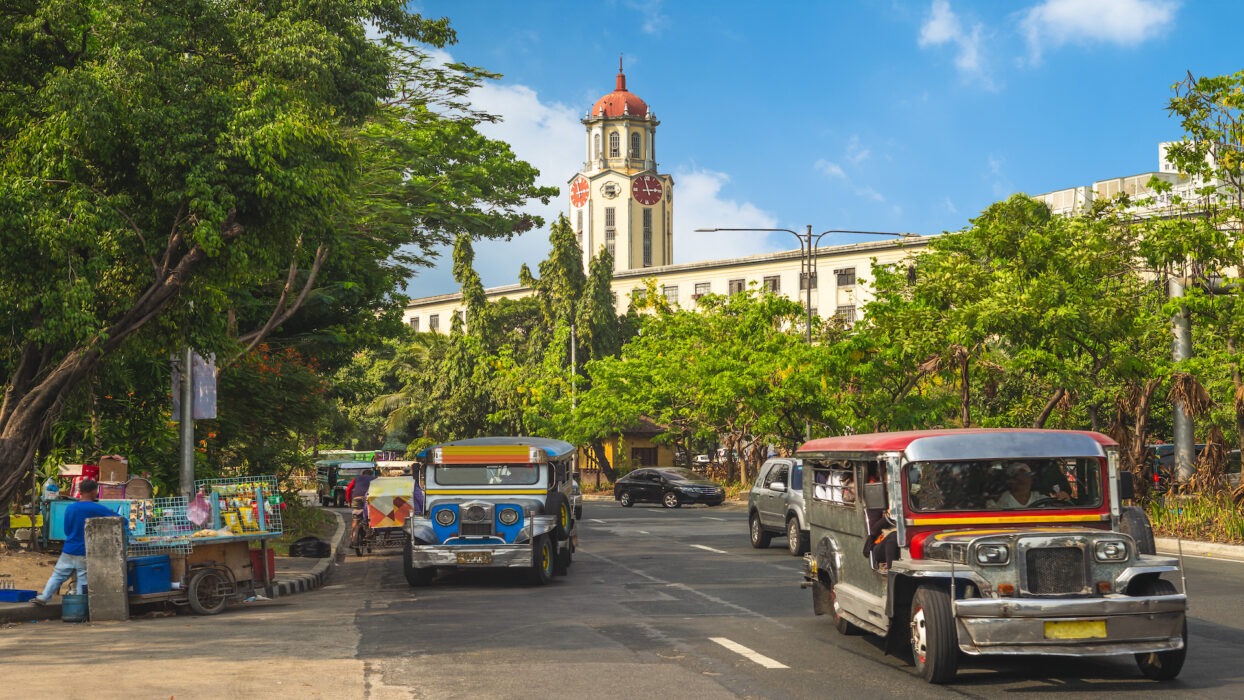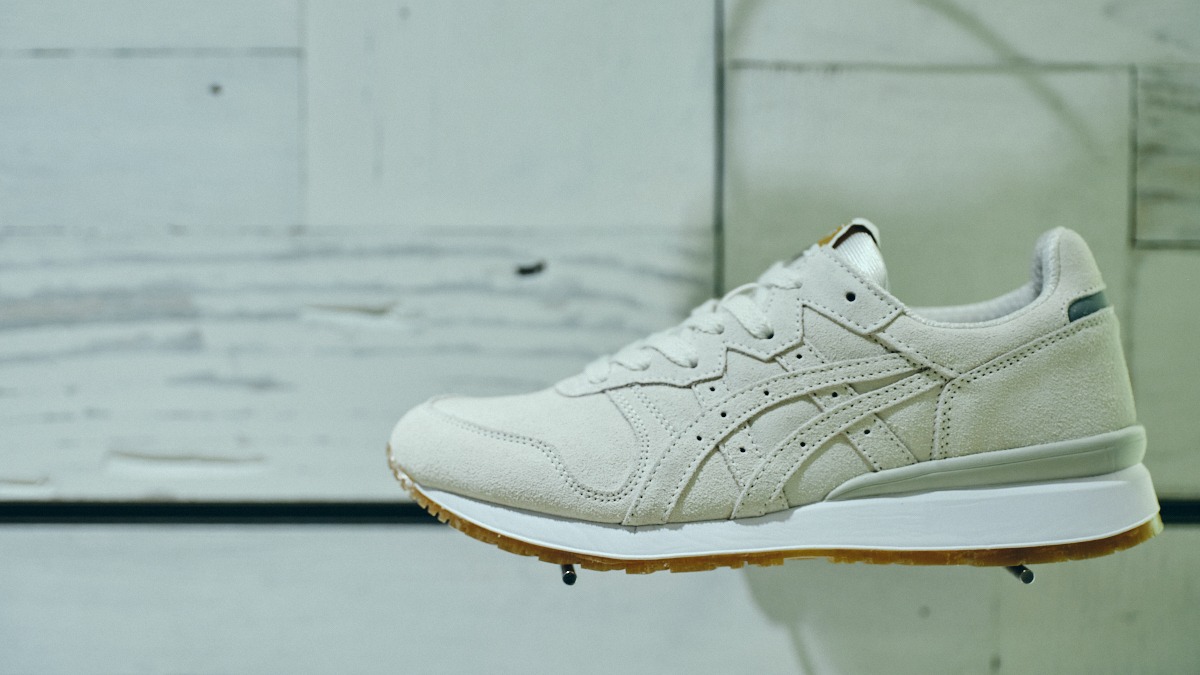Celebrate Freedom: Philippine Independence Day
Every June 12, the Philippines comes alive with a festive atmosphere as the nation celebrates its Independence Day, a momentous occasion marking the country’s declaration of independence from Spanish rule in 1898. This vibrant celebration is not just a day off from work; it’s a heartfelt tribute to the struggles and sacrifices of countless Filipinos who fought for freedom. The air is filled with excitement, as parades, cultural events, and community gatherings take place across the archipelago, showcasing the rich tapestry of Filipino culture and heritage.
So, when is Philippine Independence Day? It’s celebrated every year on June 12, and the significance of this day resonates deeply within the hearts of Filipinos. It’s a time for reflection, pride, and unity as people come together to honor their history and cultural identity. Whether you’re a local or a traveler eager to experience this unique holiday, the celebrations present an incredible opportunity to immerse yourself in the joyful spirit of the Filipino people.
Discover the Historical Significance of Philippine Independence Day
The story of Philippine Independence Day is rooted in a rich historical narrative that dates back to the late 19th century. On June 12, 1898, General Emilio Aguinaldo proclaimed the Philippines’ independence from Spanish colonial rule, a pivotal moment that marked the beginning of a new era for the nation. This declaration was the culmination of years of struggle and resistance against oppression, fueled by the passion and determination of key figures in Philippine history, such as José Rizal, Andres Bonifacio, and Apolinario Mabini.
Understanding the historical significance of Independence Day is crucial to fully appreciating the celebrations. The day serves as a reminder of the sacrifices made by heroes who fought bravely for the nation’s freedom, and it highlights the importance of national pride. The events leading up to this declaration were marked by a series of uprisings and movements, culminating in the Philippine Revolution. The legacy of these heroes continues to inspire generations of Filipinos, making Independence Day a day of remembrance as much as it is a celebration.
As you soak in the festivities, take a moment to reflect on the rich history that has shaped the Philippines into the vibrant nation it is today. The celebrations are not just about fireworks and parades; they are a heartfelt homage to the resilience and spirit of the Filipino people.
Philippine Independence Day Celebrations: A Cultural Extravaganza
When it comes to celebrating Independence Day, the Philippines truly shines with a dazzling array of cultural events and local traditions. From grand parades in the capital city to intimate gatherings in rural communities, each region has its own unique way of honoring this significant day. In Metro Manila, expect to see vibrant floats, marching bands, and cultural performances that showcase the diverse heritage of the country. Streets are adorned with the Philippine flag, and you’ll find locals donning traditional attire, adding to the festive atmosphere.
But the celebrations don’t stop there! In regions like Cebu, you might experience lively street parties and local festivals, while in Davao, the focus may be on community events that highlight the region’s rich indigenous culture. Each celebration is a reflection of local customs and traditions, making Independence Day a truly diverse experience across the archipelago.
Whether you’re partaking in a local festival or observing the grand parades, the sense of national pride and joy is palpable. The cultural events not only celebrate the country’s independence but also foster a sense of unity among Filipinos, as they come together to honor their shared heritage.
Festive Itinerary: Celebrate Independence Day in the Philippines
Ready to immerse yourself in the exciting festivities of Philippine Independence Day? Here’s a fun-filled itinerary that will take you from the bustling streets of Manila to the serene beauty of the islands, giving you a taste of history, culture, and, of course, delicious food! Buckle up, because this five-day adventure is packed with activities that celebrate the spirit of freedom!
Day 1: Arrival in Manila – Explore Rizal Park and Local Street Food
Welcome to Manila! As you arrive, the energy of the city welcomes you with open arms. Start your adventure at Rizal Park, where you can pay homage to the national hero, Dr. José Rizal. The park is adorned with flags and decorations in preparation for the upcoming celebrations. Don’t forget to snap some photos with the iconic Rizal Monument!
After soaking in the sights, it’s time to indulge in some local street food. Head to Binondo, the oldest Chinatown in the world, and treat yourself to some delectable lumpiang shanghai (spring rolls) and siopao (steamed buns). The flavors will surely kickstart your culinary journey through the Philippines!
Day 2: Historical Sites Tour – Fort Santiago, Intramuros, and a Cultural Show
Get ready for a day filled with history! Start your morning with a visit to Fort Santiago, a historic citadel that played a crucial role during the Spanish colonial period. Explore the fort’s beautiful gardens and learn about the events that shaped the nation.
Next, stroll through the enchanting streets of Intramuros, the walled city that showcases colonial architecture. Be sure to visit the San Agustin Church, a UNESCO World Heritage site, before enjoying a lively cultural show that features traditional Filipino music and dance.
Day 3: Participate in the Independence Day Parade and Local Food Tasting
It’s the big day! Join the grand Independence Day Parade in Manila, where you’ll witness colorful floats, marching bands, and vibrant cultural performances that celebrate Filipino heritage. Feel the excitement as the crowd cheers and sings the national anthem, a moment that truly embodies the spirit of freedom!
After the parade, treat your taste buds to a local food tasting experience. Try classic dishes like adobo, kare-kare, and lechon (roast pig) at a nearby food market. You’ll be in food heaven!
Day 4: Relaxation Day at a Local Spa, Shopping at Greenbelt
After the excitement of the previous days, it’s time to unwind. Treat yourself to a relaxing day at a local spa where you can indulge in traditional Filipino massages and wellness treatments. You’ll leave feeling rejuvenated and ready for more adventures!
Once you’re refreshed, head over to Greenbelt in Makati for some shopping. This upscale shopping mall is a great place to find unique souvenirs, fashion items, and local crafts. Don’t forget to grab a cup of barako coffee at a café to recharge!
Day 5: Visit Local Museums and Enjoy a Farewell Dinner Featuring Filipino Cuisine
On your final day, immerse yourself in Philippine culture by visiting local museums. The National Museum of Fine Arts and the National Museum of Anthropology are must-visit spots that showcase the rich artistic and cultural heritage of the Philippines.
As the day winds down, celebrate your last evening with a farewell dinner featuring traditional Filipino cuisine. Try dishes like pancit (noodles) for long life and bibingka (rice cake) for a sweet ending. Share stories of your adventures and the wonderful people you’ve met along the way!
Culinary Delights: Savoring Philippine Cuisine on Independence Day
No celebration is complete without delicious food, and Philippine Independence Day is no exception! The culinary landscape is as diverse as the country itself, with each region offering unique dishes that reflect its history and culture.
During Independence Day, traditional dishes take center stage. You’ll find lechon, a whole roasted pig, often served at celebrations, symbolizing abundance and prosperity. Don’t miss out on pancit, a noodle dish that represents long life and good fortune. And for dessert, indulge in ube halaya (purple yam cake) or bibingka to sweeten your celebration!
Many local restaurants and food festivals will showcase special menus featuring these traditional dishes. Be sure to check out the food stalls at the various celebrations, where you can taste a variety of local delicacies!
Colorful Parades and Festivities: Experience the Independence Day Atmosphere
Philippine Independence Day is renowned for its spectacular parades and festivities that take place all over the country. Major cities like Manila and Cebu host grand parades filled with floats, dancers, and musicians that pay tribute to Filipino heritage.
In Manila, the parade is a highlight, featuring government officials, cultural groups, and vibrant performances that showcase the rich tapestry of Filipino culture. But it doesn’t stop there! Regional celebrations add their own flair, with local festivals highlighting indigenous culture, traditional dances, and community spirit.
For a truly unique experience, consider visiting smaller towns where you can witness intimate community gatherings. These events often include traditional games, music, and food, giving you a glimpse into the warm hospitality of the Filipino people.
Practical Travel Tips for Independence Day Celebrations
To make the most of your Independence Day experience, here are some practical travel tips:
- Book Accommodations Early: With many travelers flocking to the Philippines for the celebrations, it’s wise to book your hotel in advance to secure the best deals.
- Use Public Transportation: Traffic can be heavy during the celebrations, so consider using public transportation like the MRT or jeepneys to navigate the city with ease.
- Stay Hydrated: June can be quite hot and humid, so make sure to drink plenty of water while enjoying the festivities!
- Respect Local Customs: Be mindful of local traditions and customs during the celebrations, especially when attending community events.
With these tips in mind, you’ll be well-prepared to enjoy the Independence Day festivities to the fullest!
Exploring Historical Sites on Independence Day
What better way to celebrate Philippine Independence Day than by visiting significant historical landmarks? Many of these sites play a vital role in the country’s journey to freedom and are often included in the day’s festivities.
Start your exploration at Rizal Park, where the spirit of Dr. José Rizal is felt throughout the day. Then, head over to Malacañang Palace, the official residence of the President of the Philippines, where you can learn about the nation’s governance and history.
Other notable sites include the Aguinaldo Shrine in Kawit, Cavite, where the Declaration of Independence was proclaimed, and Bonifacio Monument in Caloocan, honoring Andres Bonifacio, a key figure in the fight for freedom. Visiting these sites will enrich your understanding of Philippine history while celebrating the nation’s independence.
Sustainable Travel Practices During Independence Day
As you enjoy the vibrant celebrations of Philippine Independence Day, consider adopting sustainable travel practices to minimize your environmental impact. Here are some tips to keep in mind:
- Opt for Eco-Friendly Transportation: Use public transport or consider walking or biking to explore local attractions.
- Support Local Businesses: Choose to eat at local eateries and buy souvenirs from local artisans to help boost the community’s economy.
- Reduce Waste: Bring reusable bags and water bottles to cut down on single-use plastics.
By practicing sustainability, you’ll not only enjoy the festivities but also contribute to protecting the beautiful environment of the Philippines.
Shopping for Independence Day: What to Buy and Where
Shopping during Independence Day is a delightful experience, with many markets and shops offering unique souvenirs that celebrate Filipino culture. From traditional crafts to modern keepsakes, there’s something for everyone!
Visit local markets like Greenhills Shopping Center for handmade crafts, textiles, and jewelry. Don’t miss out on Quiapo Market, where you can find a variety of local goods, including religious artifacts and traditional clothing.
If you’re looking for something special, consider purchasing barong tagalog (traditional Filipino shirt) or terno (traditional dress) as a memento of your trip. These items are not only beautiful but also represent the rich cultural heritage of the Philippines!
Transportation Tips for Independence Day Celebrations
With the influx of visitors during Independence Day, it’s essential to have a plan for getting around. Here are some transportation tips to help you navigate the celebrations:
- Public Transport: Utilize the MRT, LRT, and buses, which are often the most efficient way to get around during busy times.
- Ride-Sharing Apps: Consider using ride-sharing apps like Grab to avoid the hassle of parking and traffic.
- Plan Ahead: Check traffic updates and plan your routes in advance to avoid delays.
With these tips, you’ll be able to enjoy the festivities without the stress of transportation!
Fun Facts About Philippine Independence Day
Let’s wrap up with some fun trivia about Philippine Independence Day that will surely impress your friends:
- The first Philippine flag was sewn by Marcela Agoncillo, a Filipina patriot, and it was first raised on June 12, 1898.
- The national anthem, Lupang Hinirang, was originally a march composed by Julio Nakpil and later adapted as the anthem.
- Independence Day was declared a national holiday in the Philippines in 1962, making it an official day of celebration.
These fun facts not only add to your knowledge but also enhance your appreciation of the rich history behind this significant day!
Commonly Asked Questions (FAQs) About Philippine Independence Day
Here are some frequently asked questions to help you navigate your Independence Day experience:
- What time do the Independence Day celebrations start? Most parades and events begin early in the morning, so it’s best to arrive early to secure a good viewing spot.
- Are there any special events for tourists? Yes! Many local tourism offices organize special activities and guided tours for visitors during the holiday.
- Can I join local celebrations even if I’m not Filipino? Absolutely! Independence Day is a time for everyone to celebrate the Filipino spirit, and locals will welcome you with open arms!
These answers will help you make the most of your experience during this festive occasion!
Celebrating Philippine Independence Day is an unforgettable experience filled with history, culture, and joy. Whether you’re indulging in local delicacies, participating in vibrant parades, or exploring historical sites, each moment is a tribute to the resilience and spirit of the Filipino people. So pack your bags, gather your friends, and get ready to celebrate freedom in the beautiful Philippines!





















